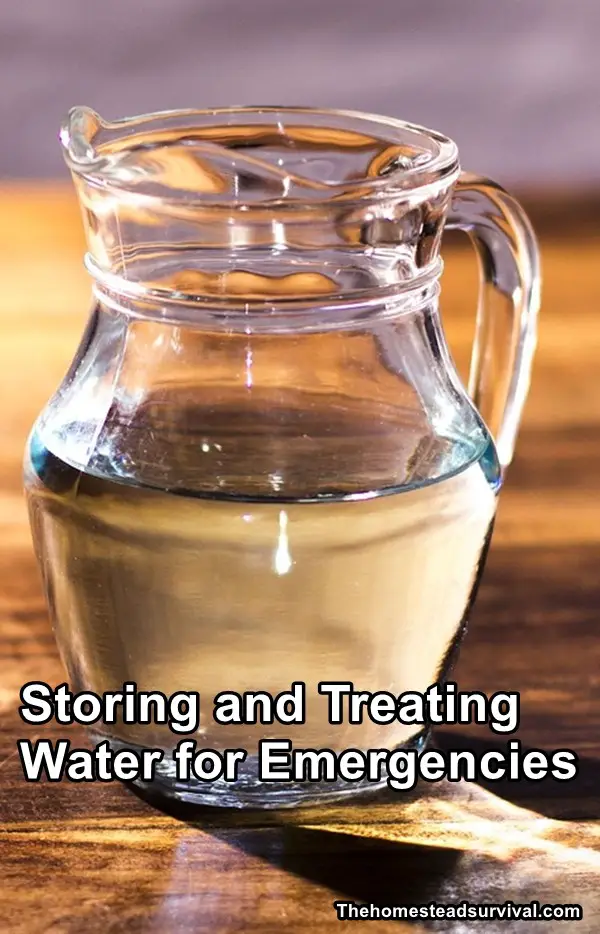Storing and Treating Water for Emergencies
Subscribe Today
GET EXCLUSIVE FULL ACCESS TO PREMIUM CONTENT
Get unlimited access to our EXCLUSIVE Content and our archive of subscriber stories.

Subscribe Today
GET EXCLUSIVE FULL ACCESS TO PREMIUM CONTENT
Get unlimited access to our EXCLUSIVE Content and our archive of subscriber stories.